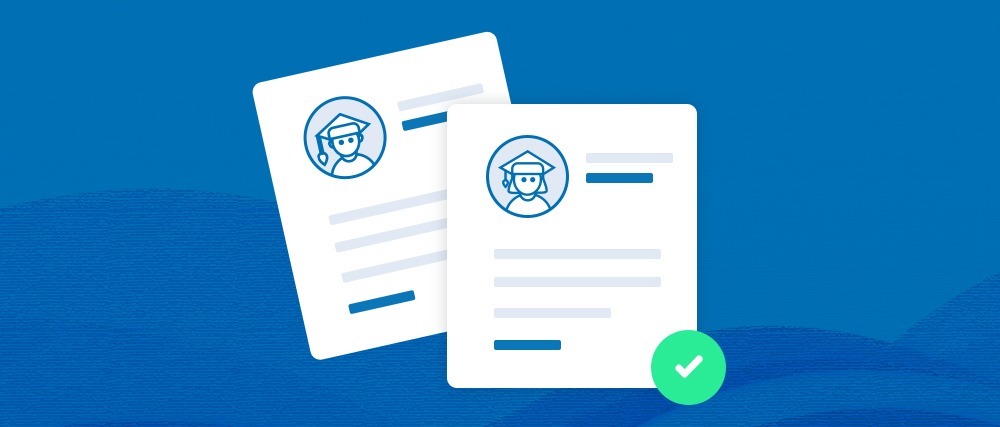
Higher education is growing more and more competitive. The proliferation of schools is part of it, with the number of institutions increasing nearly 30% between 1980 and 2015. Students now have more choices than ever; and, with the creation of tools like the Common App, they can apply more easily, too.
Not surprisingly, applications are on the rise as well—especially at top schools like Harvard. This year, a record 42,742 students applied to Harvard College, an increase of 8.2 percent from 2017. Selectivity is also most acute at top universities, with only 5 percent of students attending schools considered “highly” or “most” competitive, according to this Pell Institute report.
Not every school has Harvard’s reputation, though—or their applicant pool. What can schools do to gain the attention of high-quality applicants? And, with so many to choose from, what can higher ed institutions do to differentiate themselves?
A well-written—and strategically communicated—value proposition is part of the solution. Described as a “statement explaining what benefit you provide for whom,” a school’s value proposition is an expression of why they’re special, and what sets them apart. And it’s best communicated repeatedly over time, according to author Jeffry Pilcher, who notes that a brand’s “effective frequency” can be up to twenty exposures.
“Not only do consumers remember a statement that gets repeated, they are more likely to believe it,” Pilcher writes.
This is where marketing automation and customer relationship management (CRM) software comes in. The technology allows admissions staff to communicate consistently, and in a proper cadence, with leads through features like drip marketing and landing page form auto-responders. Schools can then consistently disseminate their value proposition—a key action in differentiating themselves.
“There is one thing everyone generally agrees on: messages are more effective when repeated,” states Pilcher.
Marketing automation also helps staff communicate with leads at the most opportune time. In drip campaigns, the software responds to a prospect’s behavior—like opening an e-mail or clicking on a specific link—by sending a pre-formed response. This means prospects receive immediate contact based on an activity, and, if strategically written, an interest-tailored response.

This is especially important because value isn’t the same for everyone. Prospective students prioritize different aspects of a school, meaning a value proposition is most effective when positioned based on one’s audience. In essence, a school is most successful when it clearly articulates its value proposition and prospective students identify with it. This is no different than any consumer marketing approach, such as selling cars, clothing or food.
“Different types of applicants will absolutely respond to different types of messages,” says Katya Popova, a strategic communications director at American University in Washington, DC. “[Marketing automation] allows us to be clever about how we’re generating demand for our programs.”
The software’s smart list segmentation feature allows admissions to do so. Staff can segregate leads based on variables like demographic profile and interest, creating different, audience-specific email lists. They can then tweak their value propositions according to each lists’ profile.

“We can speak to possible constituents in a way that resonates with them,” explains Popova.
…Which means school has a much better chance at attracting the high-quality applicants they want.
Consistently repeated communication of the value proposition, timely message delivery and strategically honed content—all features of modern marketing automation and CRM software—can help schools draw in the students they want. There’s still only one Harvard, yes, but, with a strong CRM and well-written value prop, higher education institutions can better compete in the marketplace—and perhaps attract their own number of record-breaking applicants.








